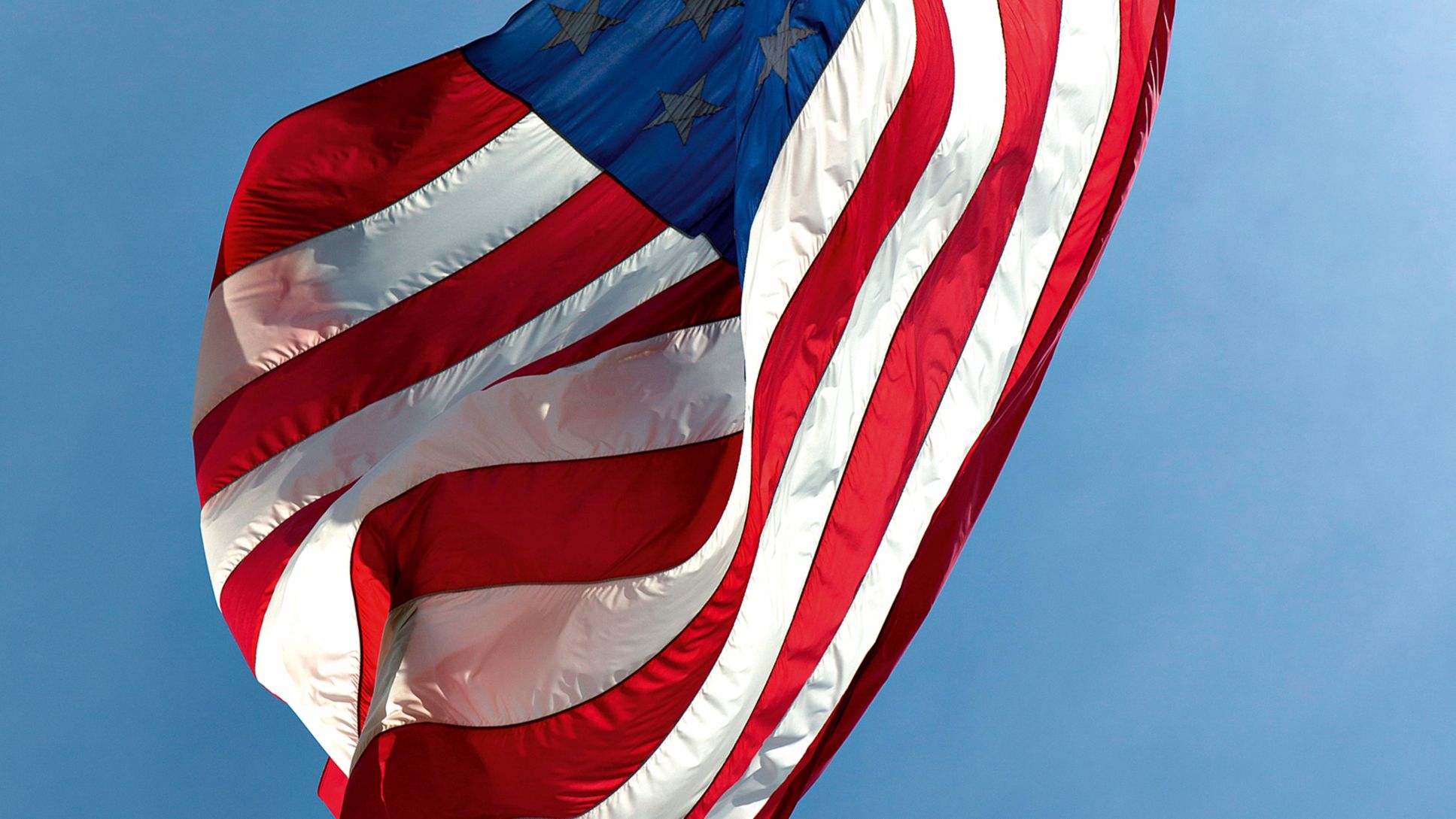Bankers in Brioni suits, carrying cardboard boxes with their personal effects, leave their office buildings. Their facial expressions are stunned and somewhat uneasy. When the U.S. investment firm Lehman Brothers collapsed during the 2008 financial crisis, those images were broadcast around the world, painting the economic system of the United States as a raw, risky, and reckless style of capitalism.
However, those who would insinuate that Americans are collectively callous would do well to reconsider that assumption. According to the World Giving Index, which compares the generosity of countries around the world, the United States has been ranked no. 1 for a number of years. Americans—individuals, foundations, and corporations—donated $416.7 billion in 2013. Germany ranks no. 22 on the list, behind Indonesia, but ahead of Costa Rica.
Besides the sheer volume of donations, the World Giving Index also monitors the amount of time people devote to volunteer work. And in this field as well, Americans are in the lead. “It’s engrained in the American corporate DNA—from large companies to familyowned businesses—to get involved in charitable activities,” says Norman Firchau. This can mean organizing a golf tournament for a good cause; a day working at a homeless shelter or soup kitchen; or helping as a volunteer in a national park.
“Made in the USA ”—a seal of quality that seemed long lost—is getting ready to make a powerful comeback. Despite the dire prognosis of the past years, which predicted the American economy’s outsourcing to China and the decline of industrial production in the United States, manufacturing in the U.S. has cautiously gained traction after the end of the 2008/2009 recession. In 2013, manufacturing contributed more than $2 trillion of the overall GDP. In 2008, the number was only $1.6 trillion.
Americans work about 500 hours more than Europeans
Economists view this as the beginning of a turnaround. The reasons for this are manifold. While labor costs are on the rise in Asia, they remain fairly stable in the United States, which creates a more level playing field. Domestic oil production in the U.S. has risen by 10 percent, and production of natural gas by 5 percent. As a result of lower energy prices, energy-intensive corporations have ramped up production in America. U.S. companies that had moved their operations abroad are coming back, and foreign-owned subsidiaries are relocating their production to the United States—among them, many car manufacturers.
Particularly the southeastern United States—where unions have little influence on labor negotiations and states offer generous tax credits, subsidies, and other relocation incentives—has become an attractive place to open business for companies from around the world. Porsche Consulting, too, has chosen Atlanta as its U.S. headquarters. Not only because Porsche Cars North America is based there. “Atlanta is home to the world’s busiest passenger airport,” says Norman Firchau. “And in addition, one of our clients, Delta Airlines, has its hub right here.”
Americans have long work days. In fact, they work about 500 hours more per year than the average European employee, according to a U.N. study. And the United States is the only country in the industrialized world with no law to guarantee a paid vacation. By contrast, European Union legislation calls for a minimum of 20 paid vacation days per year.
In daily work life, however, the transatlantic work-life balance slope isn’t as steep as the statistics might suggest. Most American employees do indeed have paid vacation: an average of 15 days in the private sector and up to 26 days for government employees. Add the 10 federal holidays, including Independence Day, Thanksgiving, and Christmas, and that’s about the European average for national holidays.
In corporate America, little and well-deserved breaks are woven into the daily bureaucratic fabric. Take the lunch break, for example. From New York to Chicago to Los Angeles, employees prefer eating their lunch outside the office at a restaurant, stretching it out to a sometimes longer business meeting and calling it a power lunch. Which makes the break sound particularly productive. In China, lunch is considered the time and place where business negotiations are conducted and business deals are sealed.
Italians, too, like to meet their business partners for long lunches, but prefer an even longer dinner, which can easily last into the wee hours of the morning. In Brazil, however, lunch is a sacred ritual of an employee’s workday, but it’s dedicated to relaxation. “Discussing business over lunch is bad for the digestion,” goes a Brazilian saying.
It’s often said that the United States is a country of commuters. However, only 8 percent of working Americans spend 60 minutes or more to get to their jobs and home again. On average, 80 percent of them commute by car and only 5.3 percent use public transportation. New Yorkers have the most time-consuming commute. For residents of the Big Apple, it takes 48 minutes to get to work—almost twice as long as for the average American commuter, who needs a mere 25 minutes to accomplish the same task.
Commuting and its consequences—which are mainly energy consumption and loss of productivity—cost the United States economy approximately $121 billion per year, according to the Urban Mobility Report, a study conducted by Texas A&M University. “American companies, however, are tirelessly working on efficient mobility concepts for the future,” as Norman Firchau observes, “aiming to make the transitions between commuting, working, and living much smoother.” This could include driverless cars, as well as metro trains and buses fully equipped with Wi-Fi access.
Germans and Americans share the same set of values
In an international comparison, U.S. commuters aren’t in such bad shape, though. The global commuting time averages at 40 minutes. In Western Europe, it’s 38 minutes. Among Europeans, Britons have the longest commute: 45 minutes. Worldwide, commuters in Asia need the most time to reach their destination, especially in Japan and China. In Beijing, the average commute lasts one hour; in Shanghai, it’s 50 minutes.
Do Germans and Americans share the same set of values? 53 percent of Americans say yes, according to a survey conducted by the German Embassy in Washington, D.C. That’s not surprising, as the majority of Americans claim to have German roots. Americans also view Germany as their most important political and economic ally in continental Europe. German companies contribute significantly to the rising net assets of foreign owned subsidiaries in the United States, which are currently at about $4 trillion.
In the German-American business routine, however, it’s not always what those two cultures have in common that defines the cooperation, but what sets them apart as well. Take, for example, the corporate decision-making process. In Germany, a department head gives the green light for a project only after exchanging and balancing all possible arguments with his team, and after systematically developing a waterproof plan B. His American counterpart, on the contrary, often comes to a decision much faster—and corrects the course of action accordingly during the project’s rollout.
Those differences can result in dynamic synergies for everyday business life, says Norman Firchau. “Germans are known to have a wellstructured plan and solid procedures in place. Americans, on the other hand, contribute a pioneering spirit and can-do mentality. Together, that adds up to a very powerful partnership,” he says.
Info
Text first published in „Porsche Consulting - THE MAGAZINE", Issue 15
Author: Katja Ridderbusch





